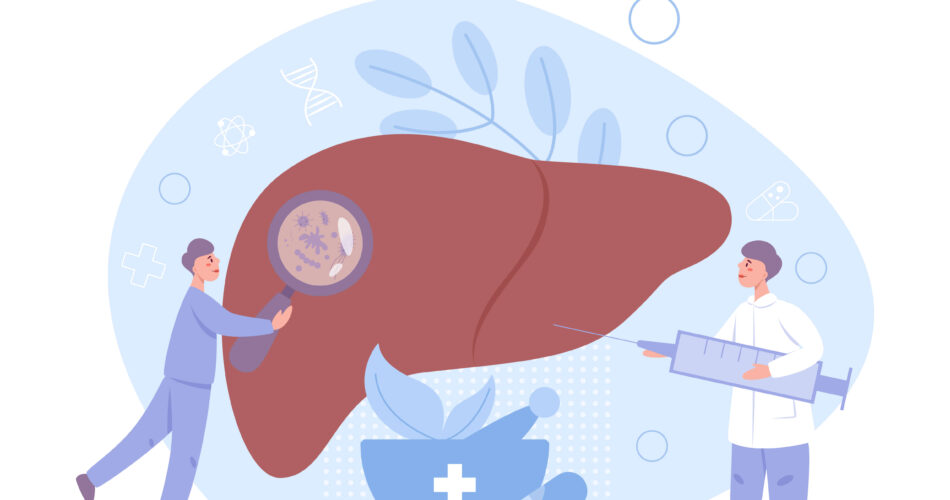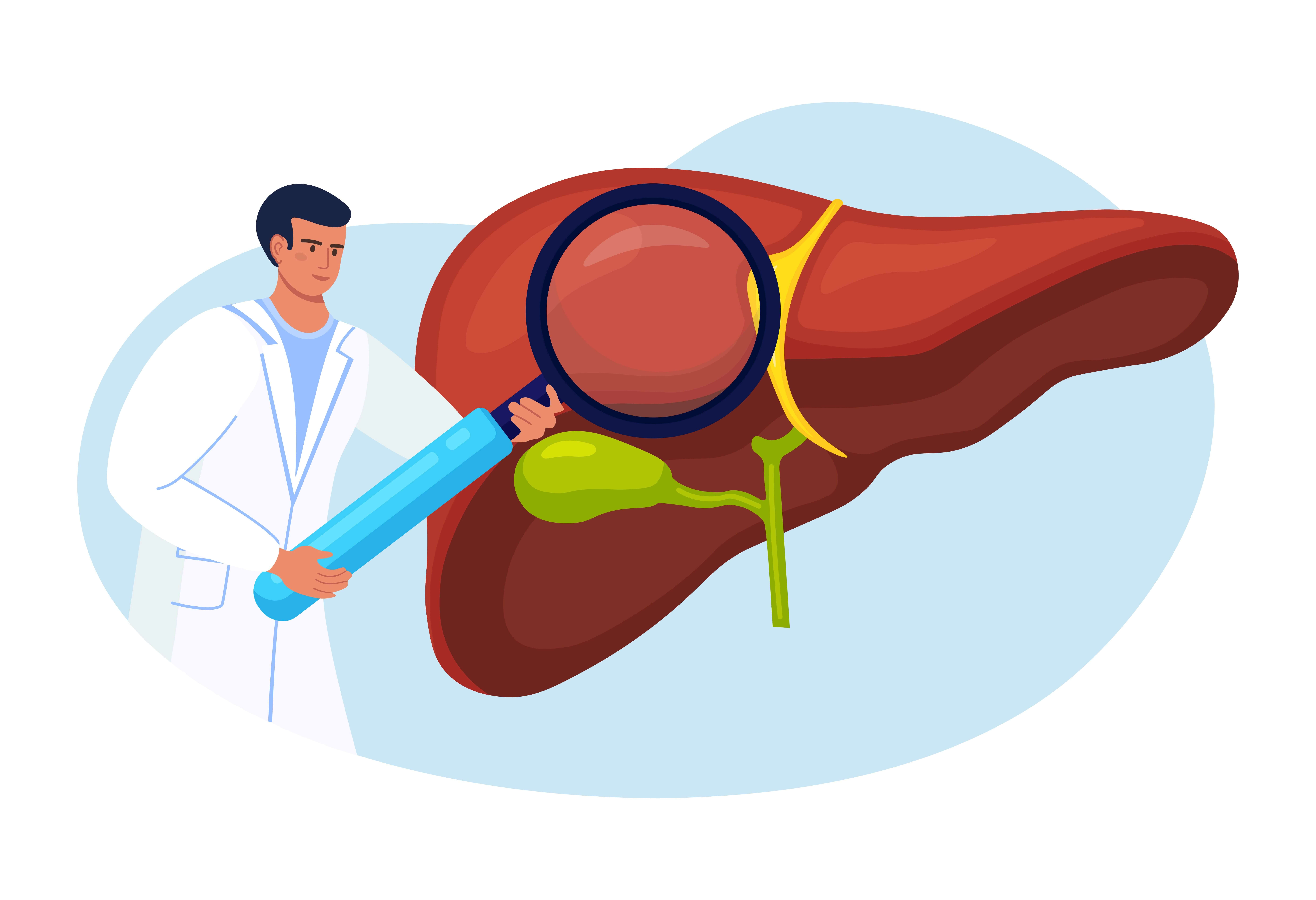When it comes to liver conditions, one of the most common risks is an enlarged liver. This case happens mostly when a person develops hepatitis. Unfortunately, if the liver becomes larger, it can still affect the functions of this organ. Thus, also affecting the natural balance and health of the overall well being.
If you think you have developed hepatitis, then you might want to understand first how enlarged liver works. In this blog, we’ll uncover the common signs and learn how to address this condition to restore functions and be healthier. Let’s begin!
Defining Enlarged Liver
An enlarged liver, or hepatomegaly, is a condition characterized by the abnormal increase in size of the liver. When that occurs, it can indicate an impairment of the liver’s normal function. The liver performs a wide range of functions, including processing nutrients, filtering toxins, and producing bile to aid in digestion. With the impairment of such functions, it can harm the patient further.
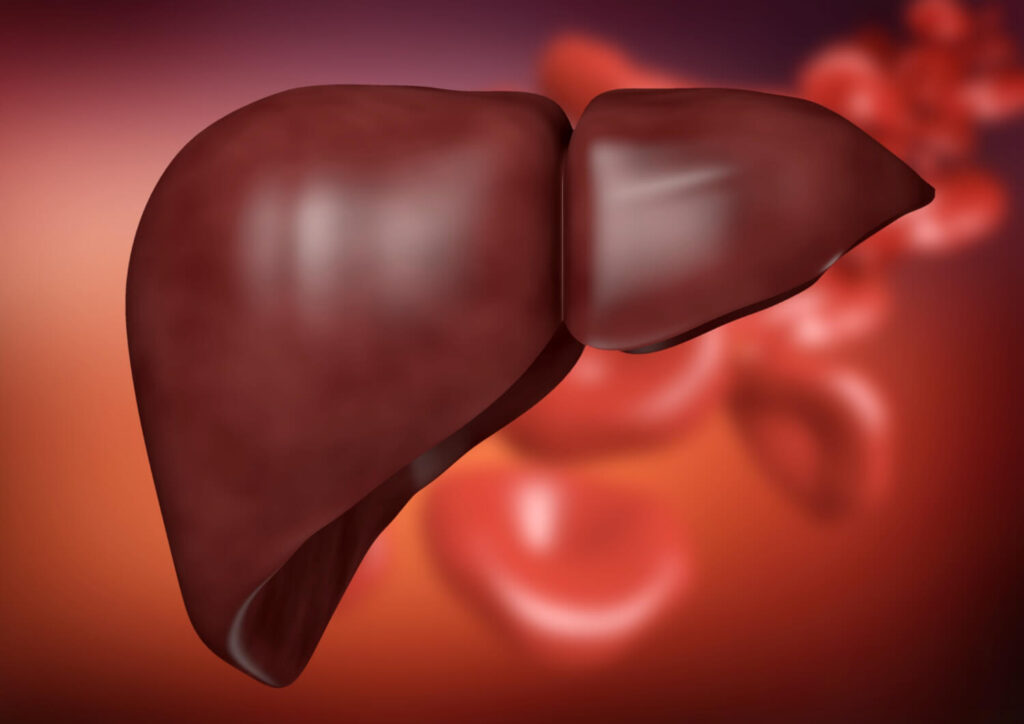
Causes of Enlarged Liver
Although hepatitis is most known for causing an enlarged liver, other underlying illnesses can also contribute to such outcome. For instance, liver diseases such as cirrhosis, viral and non-viral hepatitis, and fatty liver disease can cause the liver to enlarge or hepatomegaly. Meanwhile, other conditions, such as heart and blood vessel abnormalities, cancer, and genetic diseases, can also result in an enlarged liver. Identifying the underlying cause of hepatomegaly is crucial in order to provide appropriate management and treatment.
Aside from those conditions, there are also instances that can result in enlarged liver. Let’s uncover them below
Alcohol-Related Liver Disease (ARLD)

Excessive alcohol consumption can lead to liver damage and inflammation, which can result in an enlarged liver. The long-term alcohol abuse can cause fat to accumulate in the liver, leading to fatty liver disease. This can progress to alcoholic hepatitis, which is characterized by inflammation of the liver. If left untreated, alcoholic hepatitis can progress to cirrhosis, which is irreversible scarring of the liver. In severe cases, cirrhosis can lead to liver failure.
If you have been diagnosed with ARLD, it is important to seek treatment and make lifestyle changes to prevent further liver damage. This may involve quitting alcohol and adopting a healthy diet and exercise routine.
Non-Alcoholic Fatty Liver Disease (NAFLD)
On the other hand, non-alcoholic fatty liver disease (NAFLD) is another common cause of hepatomegaly. NAFLD is characterized by the accumulation of fat in the liver in individuals who do not consume excessive amounts of alcohol. This condition is often associated with obesity, insulin resistance, and other metabolic disorders.
Regular exercise and monitoring blood sugar levels are also important in managing this condition. If left untreated, NAFLD can progress to more severe liver conditions such as non-alcoholic steatohepatitis (NASH) and cirrhosis.
Viral Hepatitis
Viral hepatitis, including hepatitis B and hepatitis C, is a common cause of hepatomegaly. These viral infections can result in inflammation of the liver, leading to liver damage and enlargement.
Hepatitis B is transmitted through contact with infected blood or body fluids, such as during unprotected sex or sharing needles. Hepatitis C is primarily spread through contact with infected blood, often through sharing needles or receiving contaminated blood transfusions.
Antiviral treatments are available for both hepatitis B and hepatitis C and can help manage the viral infection, reduce liver inflammation, and prevent further liver damage. It is important for individuals with viral hepatitis to receive appropriate medical care and follow their healthcare provider’s recommendations for treatment and monitoring.
Cancer in the Liver
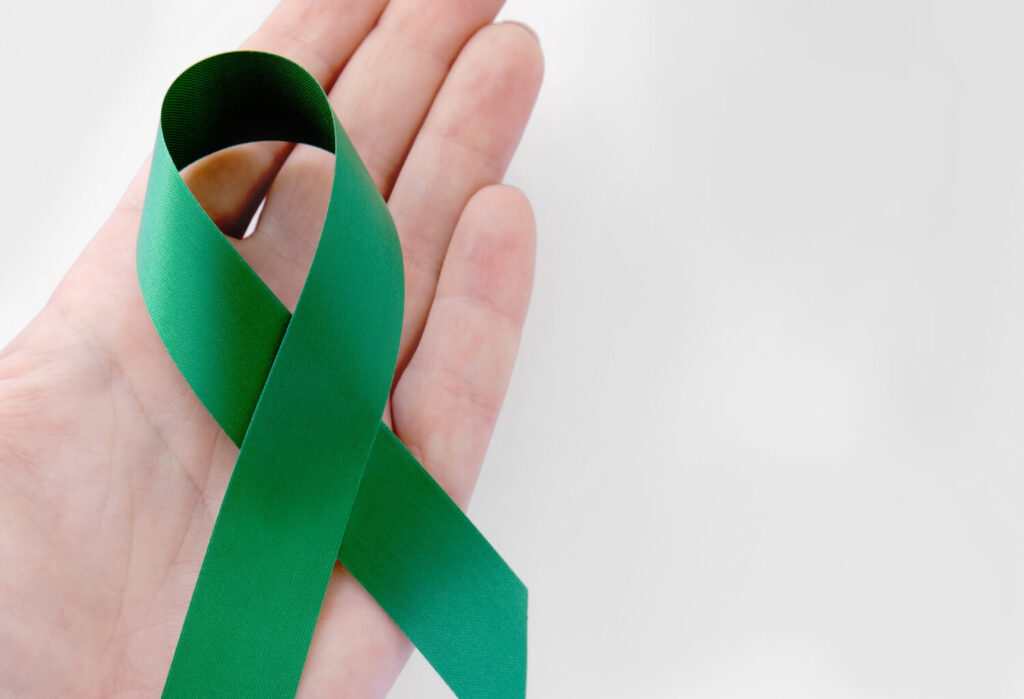
Liver cancer, also known as hepatocellular carcinoma, can cause hepatomegaly. This type of cancer can either start in the liver or spread to the liver from other parts of the body.
Treatment options for liver cancer depend on the stage and extent of the disease. These options may include surgery to remove the tumors, chemotherapy to kill cancer cells, and other targeted therapies. Early detection and treatment of liver cancer can improve outcomes and reduce the risk of further liver damage.
Symptoms and Warning Signs
Symptoms of an enlarged liver can vary depending on the underlying cause and the extent of liver damage. In some cases, an enlarged liver may not produce any noticeable symptoms. However, if symptoms do occur, they can include:
- Abdominal pain:
- Jaundice
- Nausea
- Fatigue

Other symptoms of an enlarged liver can include:
- weight loss
- swollen legs or ankles
- easy bruising or bleeding
If you experience any of these symptoms, it is important to consult with a healthcare provider who can evaluate your condition and determine the underlying cause of your symptoms. Early detection and intervention can help manage liver conditions and prevent further complications.
When to Seek Help
If you experience symptoms such as abdominal pain, jaundice, or persistent fatigue, it is important to seek medical attention. These symptoms can indicate liver dysfunction or other underlying health conditions that require evaluation and management. Additionally, if you have any known risk factors for liver disease, such as a history of alcohol abuse or viral hepatitis, it is important to schedule regular check-ups with your healthcare provider to monitor your liver health. Early detection and intervention can lead to better outcomes and improved quality of life.
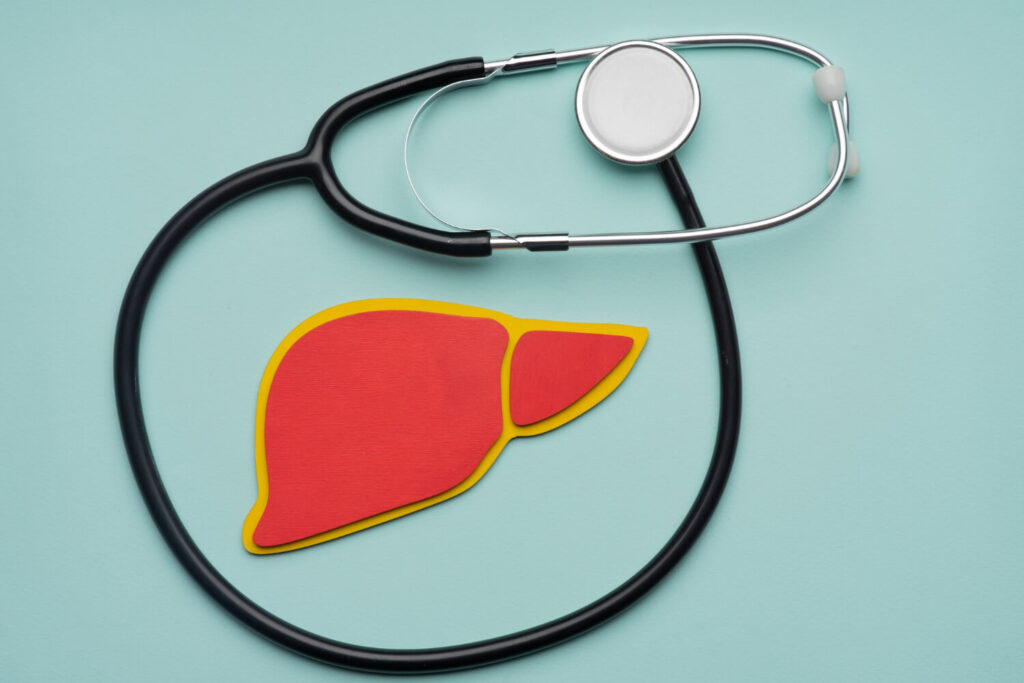
Physical Examination
A physical examination by a healthcare provider is an important step in evaluating an enlarged liver. During the examination, the healthcare provider will assess various aspects such as the size and consistency of the liver, tenderness or sensitivity in the abdominal area, and any other signs or symptoms that may be present.
The provider will gently press on the abdomen to check for liver enlargement, which may be palpable in cases of hepatomegaly. Based on the findings of the physical examination, the healthcare provider may recommend further diagnostic tests, such as imaging or blood tests, to determine the underlying cause of the enlarged liver.
Imaging and Laboratory Tests
Imaging and laboratory tests are often used to diagnose and evaluate an enlarged liver. These tests can provide valuable information about the structure and function of the liver. Some commonly used imaging and laboratory tests for evaluating an enlarged liver include:
- CT scan: A computed tomography (CT) scan provides detailed images of the liver, allowing healthcare providers to assess its size, shape, and any abnormalities. It involves taking multiple X-ray images and combining them to create cross-sectional images of the liver.
- Liver biopsy: A liver biopsy is a procedure in which a small sample of liver tissue is removed and examined under a microscope. It can help identify the underlying cause of an enlarged liver and provide information about the extent of liver damage or inflammation.
- Blood tests: Blood tests can provide information about liver function, including levels of enzymes and other substances in the blood that indicate liver health. These tests can help identify liver diseases and assess the overall function of the liver.
- Ultrasound: Ultrasound uses sound waves to create images of the liver. It is a non-invasive and painless procedure that can provide information about the size, structure, and blood flow to the liver.
- MRI: Magnetic resonance imaging (MRI) uses a magnetic field and radio waves to create detailed images of the liver. It can provide information about the size, shape, and abnormalities in the liver.
These imaging and laboratory tests can help healthcare providers diagnose the underlying cause of an enlarged liver and determine the most appropriate treatment options.
Treatment Options
Treatment options for an enlarged liver depend on the underlying cause and the extent of liver damage. In many cases, lifestyle and other medical interventions such as medication, therapies, or surgical interventions may be necessary.
- Lifestyle modifications: Adopting a healthy lifestyle can significantly improve liver health. This includes maintaining a balanced diet, limiting alcohol consumption, maintaining a healthy weight, and engaging in regular exercise. These lifestyle changes can help reduce the strain on the liver and promote its proper functioning.
- Medication and therapies: In some cases, medications and therapies may be prescribed to manage liver diseases or alleviate symptoms associated with an enlarged liver. This may include antiviral treatments for viral hepatitis, medications to manage liver inflammation, or therapies to address underlying conditions such as heart failure or high blood pressure.
- Surgical interventions: In severe cases of liver disease or liver failure, a liver transplant may be necessary. During a liver transplant, a diseased liver is replaced with a healthy donor liver. This procedure can be life-saving for individuals with end-stage liver disease.
The specific treatment options recommended will depend on the underlying cause and the individual’s overall health. It is important to work closely with a healthcare provider to develop a personalized treatment plan that addresses the underlying cause of the enlarged liver and promotes optimal liver health.
Final Takeaway
Understanding the causes and recognizing symptoms should be a priority of patients when they have enlarged liver. Unfortunately, not many people are familiar with such conditions, leading to disease progression. When that happens, it will impact the patient’s health and also the functions of the liver.
Patients with this condition must be ready on when to visit or consult a doctor to address such concerns. To prevent liver impairment, it’s best to seek immediate help through online consultations or visiting a local health center.
Book a consultation with a hepatologist for immediate intervention.
